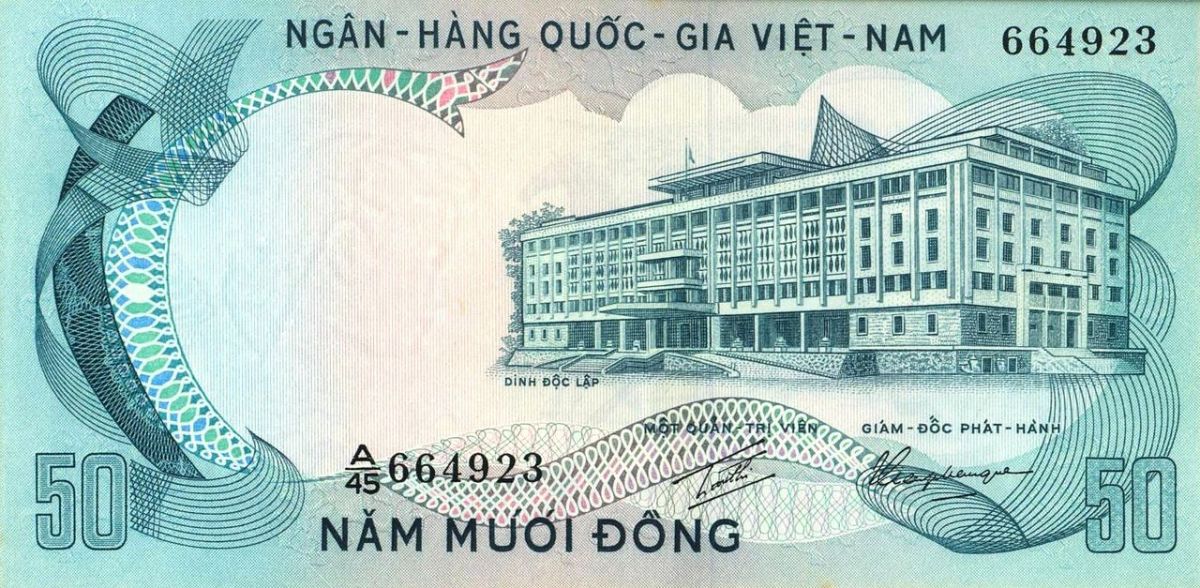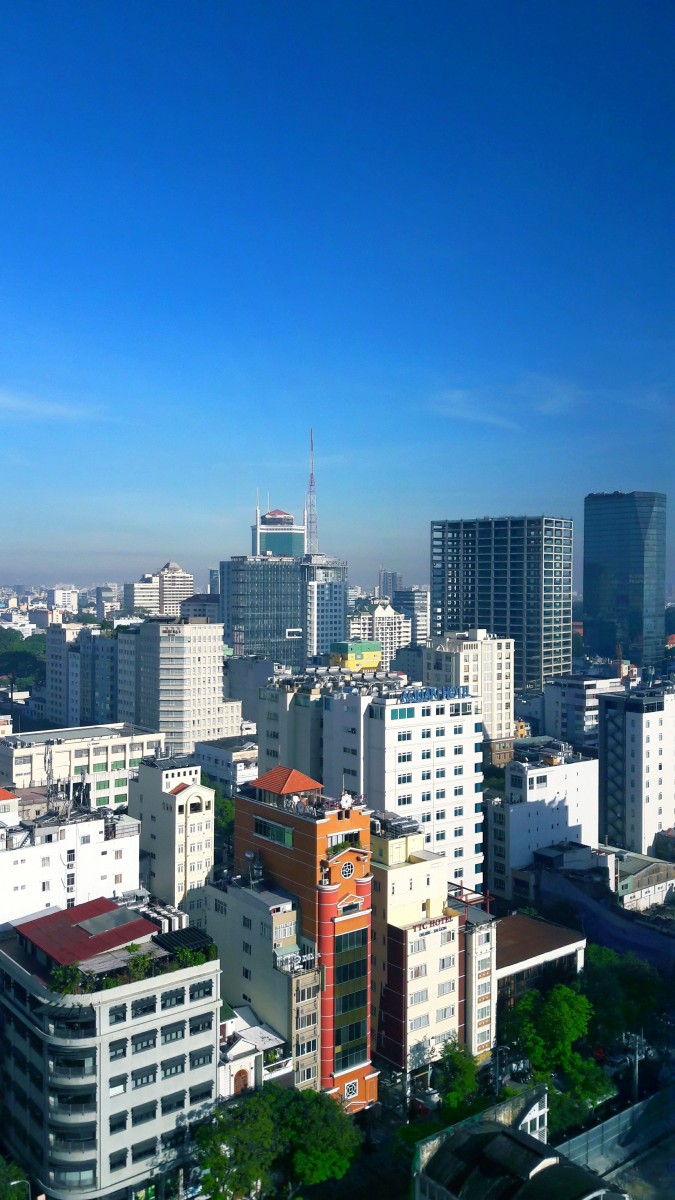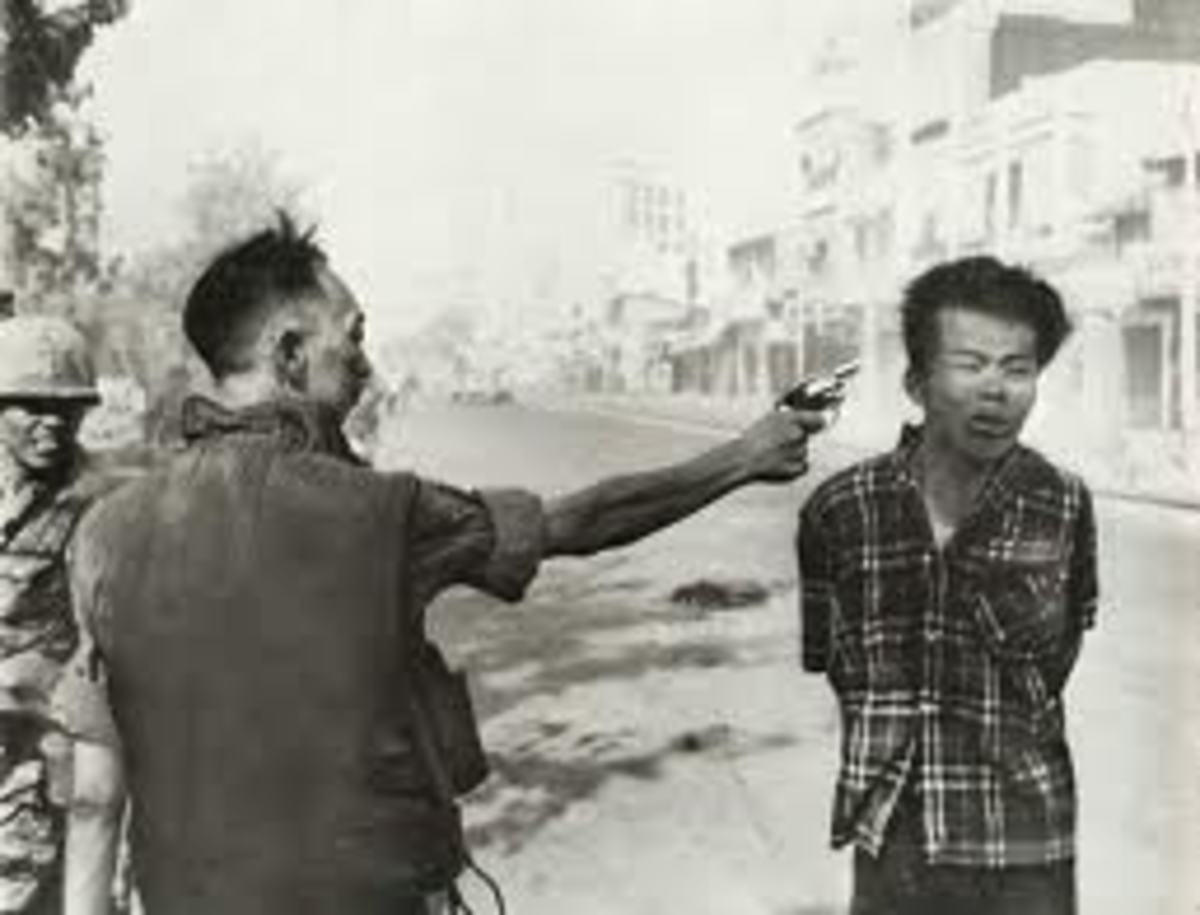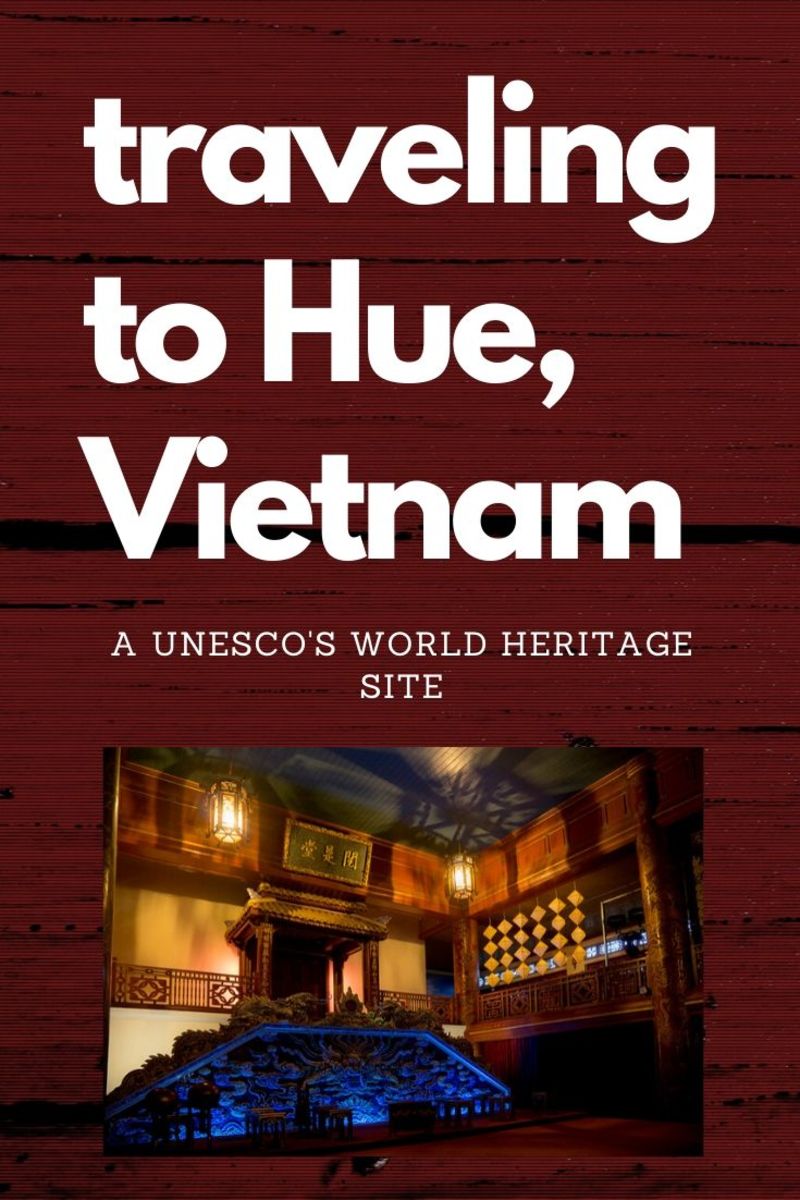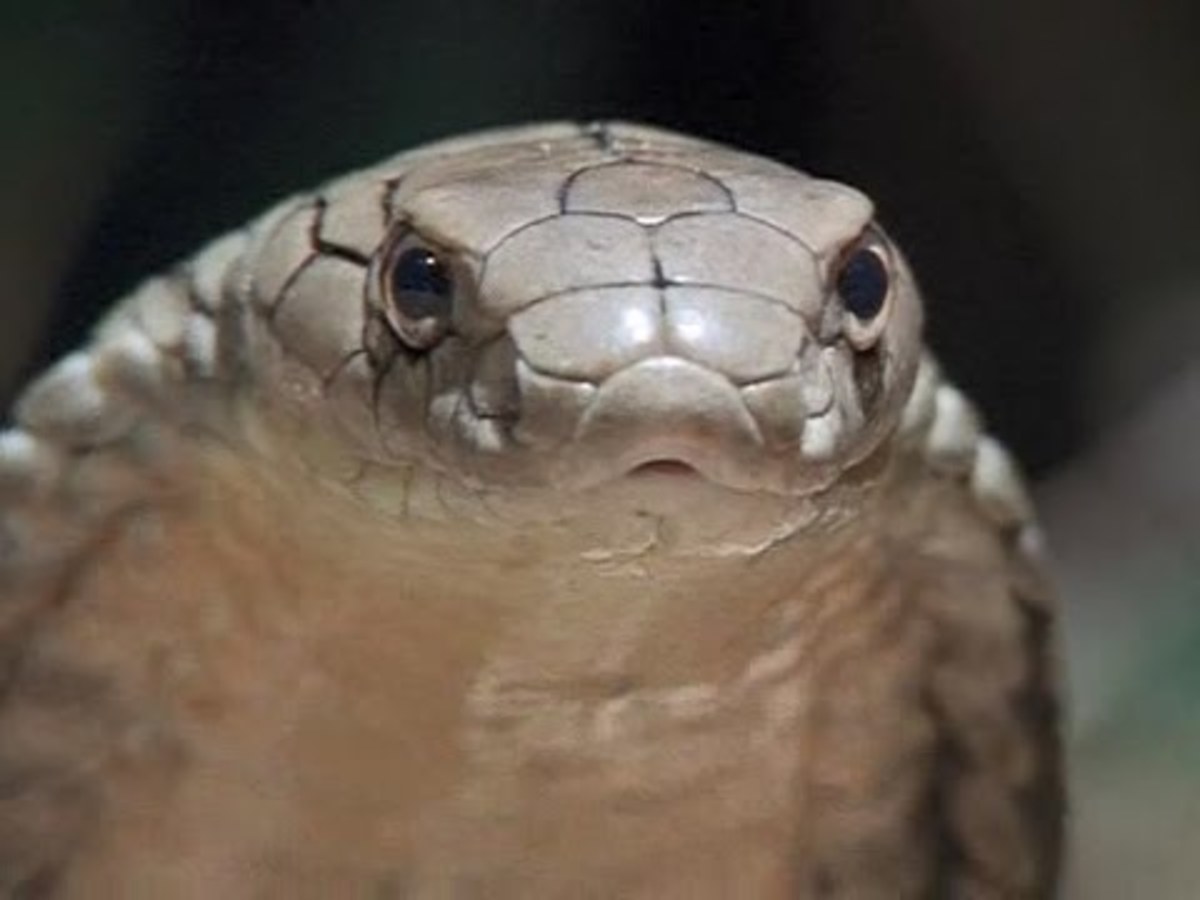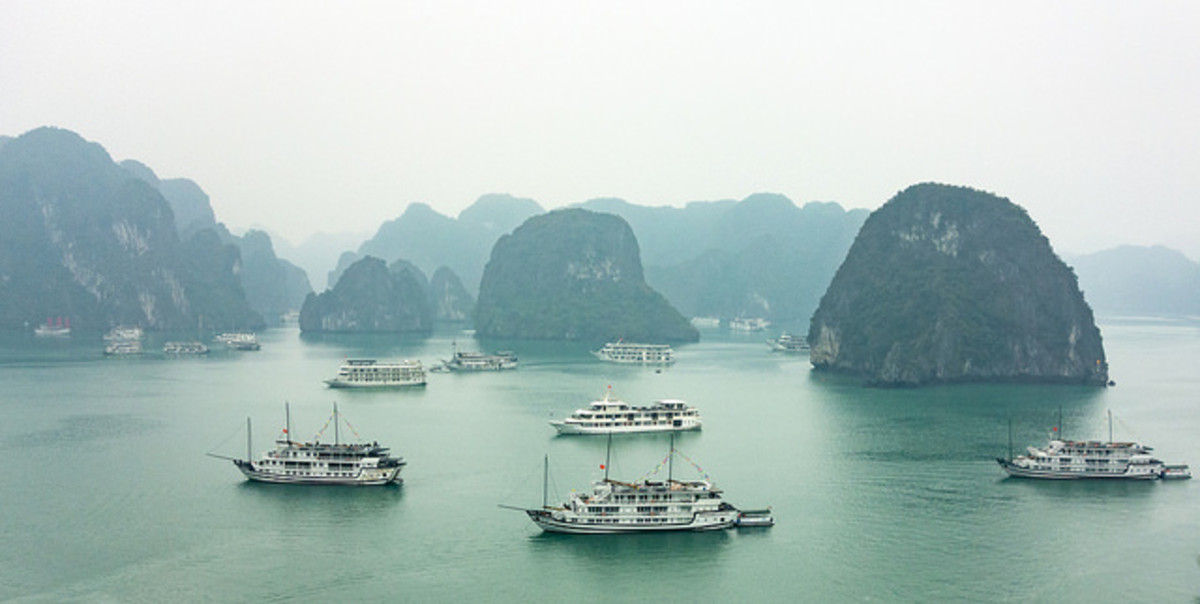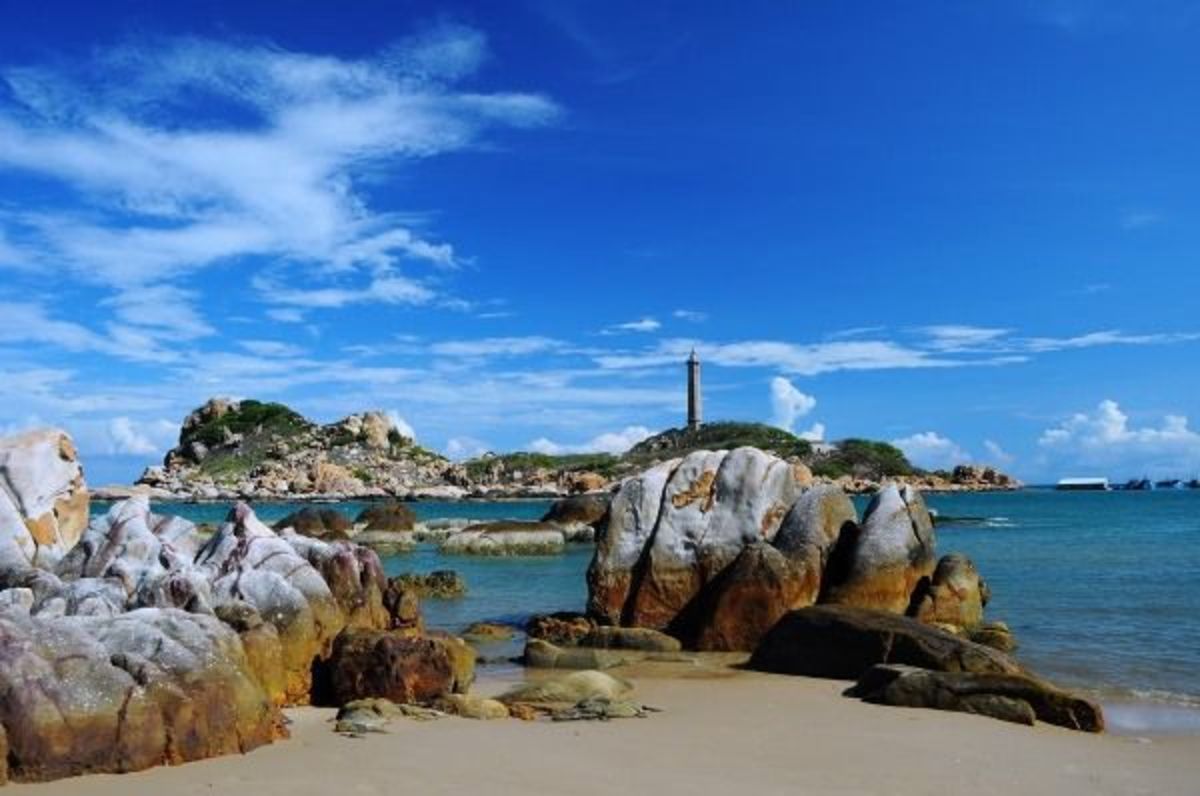- HubPages»
- Travel and Places»
- Visiting Asia»
- Southeastern Asia
Vietnam - Apocalypse Then. Peace Now.
"My Childhood, what have I got? It is the ground that I lie on and the Tunnel that I walk in."
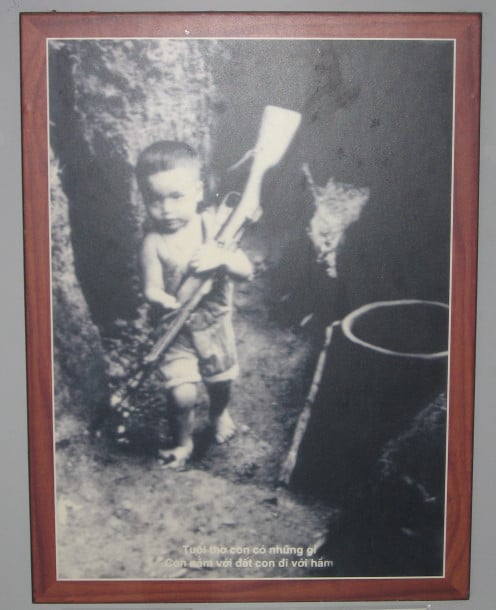
Before 54
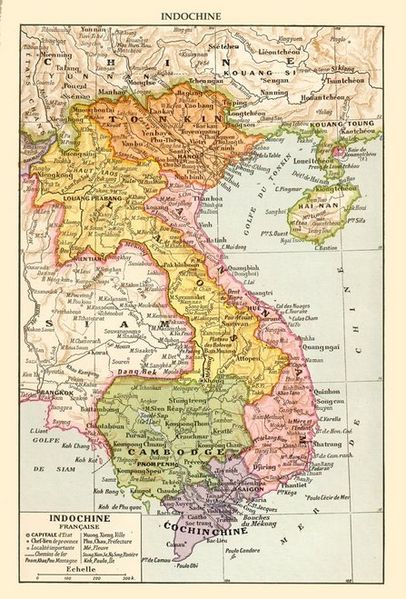
Film about the early days of American Involvement
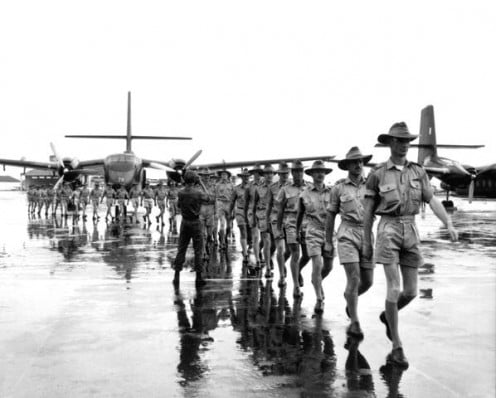
First inklings...
I first became aware of a place called Vietnam in about 1963 when I was eight years old. My Dad was a big believer in extra-curricula learning for his children through books, and to that end he subscribed to several publications including Time Life and National Geographic.
Time Life introduced me to the region, previously known as French Indochina, but by then as Southeast Asia - a triumvirate of countries comprising Laos, Cambodia and Vietnam. But it was in 1965, when I was 10, that my attention was grabbed by an issue of National Geographic containing an article about a US Special Forces officer working in the jungles of Vietnam with Montagnard tribesmen.
There was something about those fabulous National Geographic photographs illustrating the story of the soldier at the centre of the piece, Capt Vernon W. Gillespie Jr, that cast a spellover me. Gillespie was an adviser, whose task was to quell a tribal uprising and get the Montagnards on the American side in the coming fight against the spread of communism led by the forces of Ho Chi Minh.
A Television War
By 1968 everyone had heard of Vietnam – it was on our TV screens every night; the Tet Offensive live on Channel Nine, real war in our living rooms. It was the first media war and for me, as a young Australian, it became indelibly etched in my memory. Australian troops had been advising in Vietnam in since 1962 with troop numbers gradually rising, proportionate to our small population (compared to the USA), as the conflict grew. By the end of our involvement in 1972, 60,000 Australians had served there, suffering casualties of 500 dead and over 3000 wounded; as a nation, we had a vested interest in what went on, and in geographical terms it was happening ‘right on our doorstep’.
Dressed to Kill
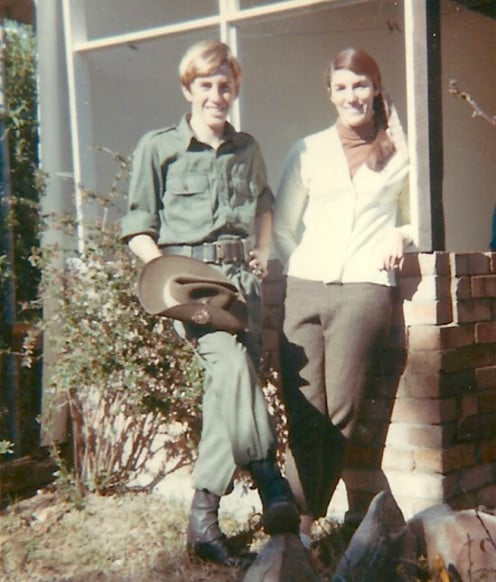
Subversive Recruitment Techniques
My generation had grown up in the receding shadow of World War Two and Korea so playing at war was a part of our childhood. As we lived in an area of wild natural bush land, my mates and I had an immense battlefield in which to build forts and play elaborate war games using sticks for guns and rocks for grenades. We were also fed endless war shows on the television, from movies such Bridge on the River Kwai and the Sands of Iwo Jima to television dramas like Combat and comedies such as Hogan’s Heroes, McHale’s Navy and Sgt Bilko.
As soon as I started high school I joined the school cadet corp. It was a continuation of my younger war games and I suppose, like most boys back then, I liked the idea of at least being a pretend soldier, even if I was way too young to be a real one.
Enemy Territory
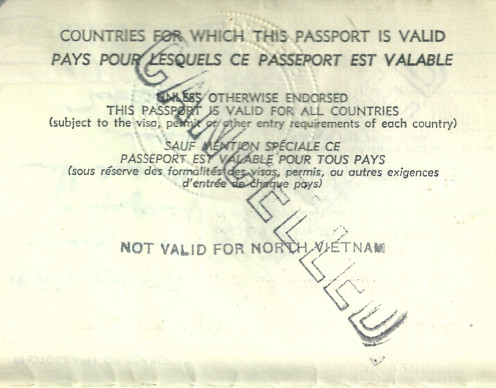
"Not Valid in North Vietnam"
My parents weren't against me being in cadets but they were against conscription and I recall my Mum saying that if the war was still on when I turned 17 then we would move to Canada. As it turned out we moved there anyway in 1971 but for far more prosaic reasons than escaping the draft. My first passport carried a stamp within it stating NOT VALID IN NORTH VIETNAM. As if! Mum need not have worried because by then my childhood obsession with war had been superseded by an obsession with surfing and girls.
Cavalry
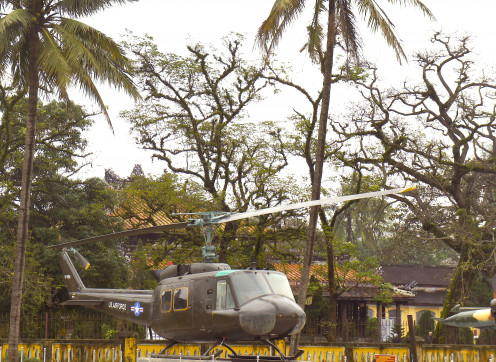
Guns and Guitars
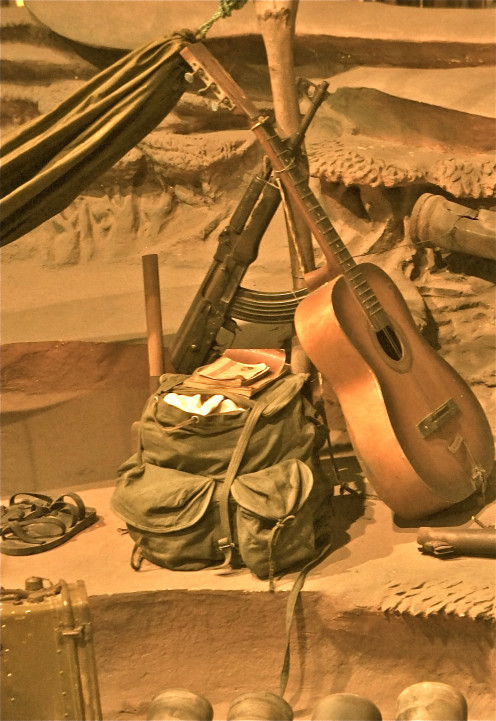
Apocalypse Then
As I grew up and developed my own opinions and interests, as I became more worldly and liberal, my fascination with the Vietnam War nevertheless persisted, probably because it epitomised our modern times - it was not just a war but an emblem of pop culture, student rebellion and unbeknownst to us then, the end of one epoch and the beginning of another.
Of course it wasn't just me fascinated by the war. It has clung to the US for decades like a recurring bad dream and a bench mark that all subsequent foreign interventions are marked against. Part of the obsession manifested itself through the films that followed the war - Coming Home, Born on the Fourth of July, Full Metal Jacket, Platoon, Deer Hunter and my particular favourite, Apocalypse Now. This film still ranks near the top of my list of best war movies ever, as it includes everything from those days – the music, the helicopters, the chaotic lack of discipline, girls, surfing and even finds its denouement in the deep jungle amongst Montagnard tribesmen, just like Captain Gillespie did in 1965.
Based on the Battle of Hué
"Napalm smells like Victory"
The Citadel
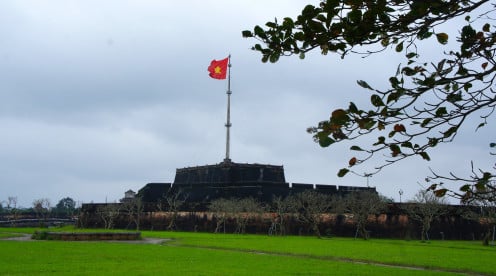
The DMZ to Saigon - memories of the war
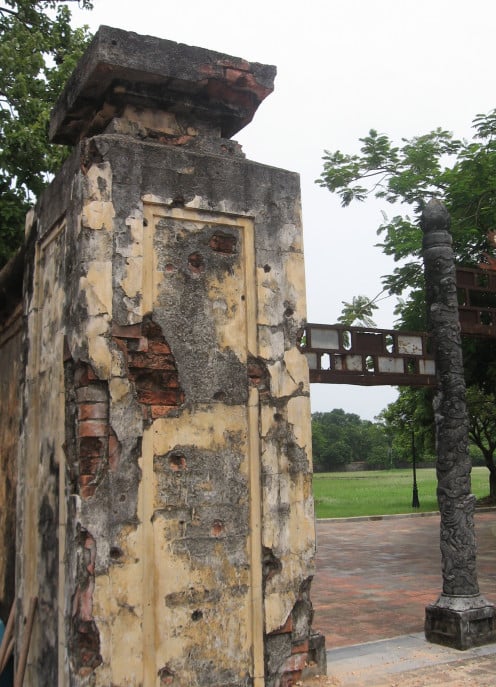
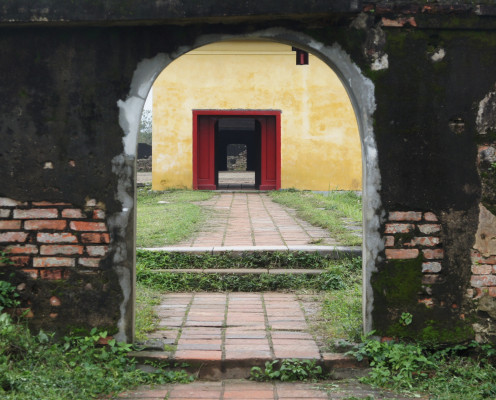
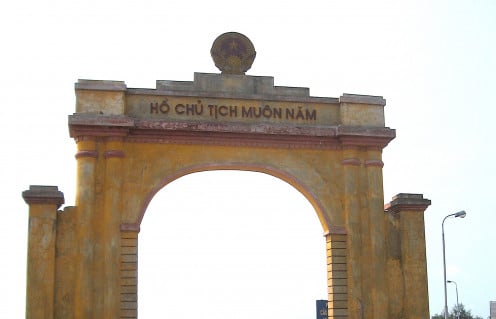
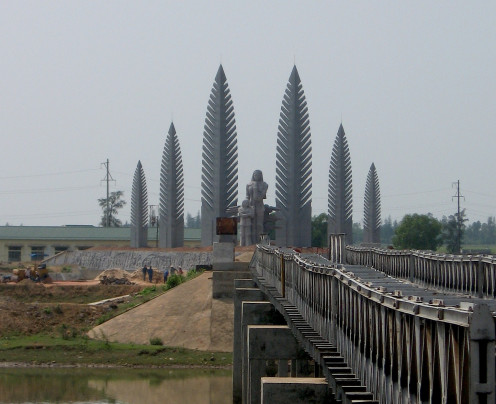
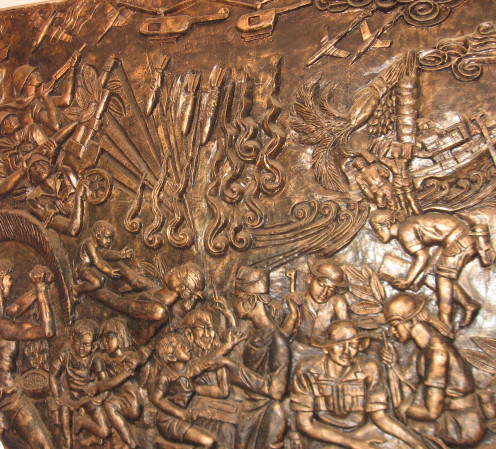
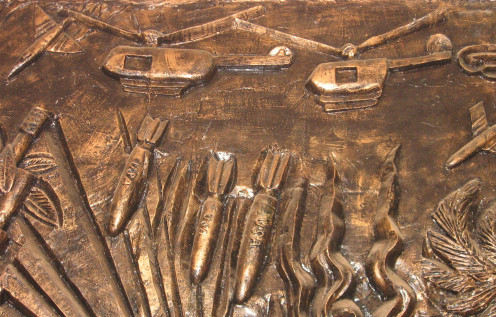
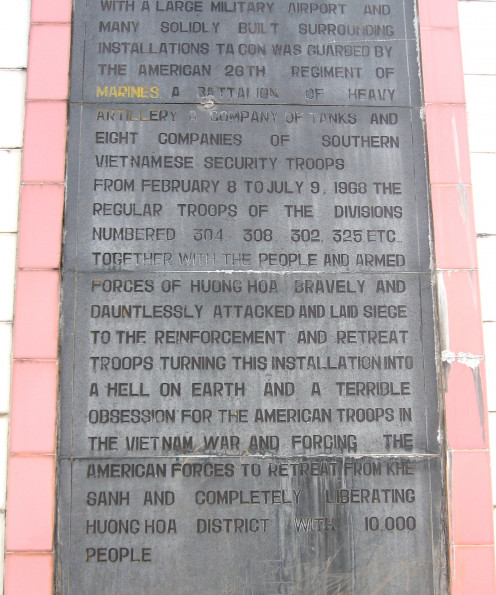
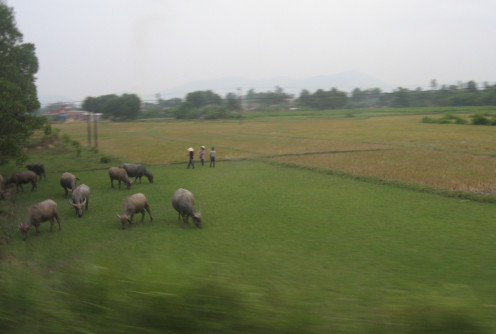
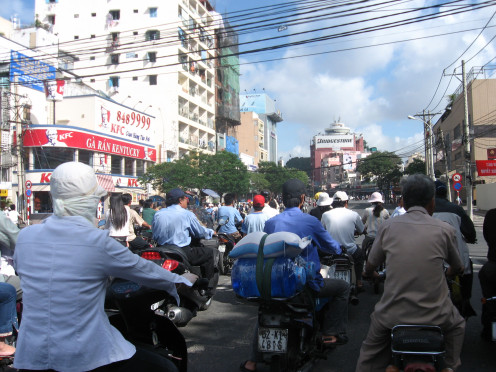
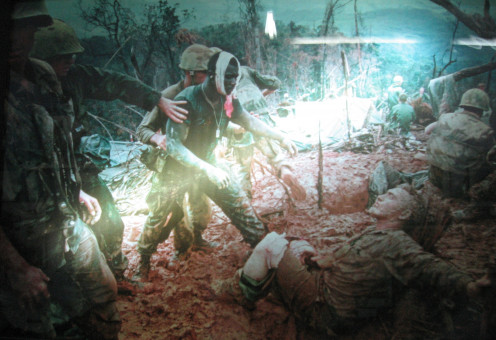
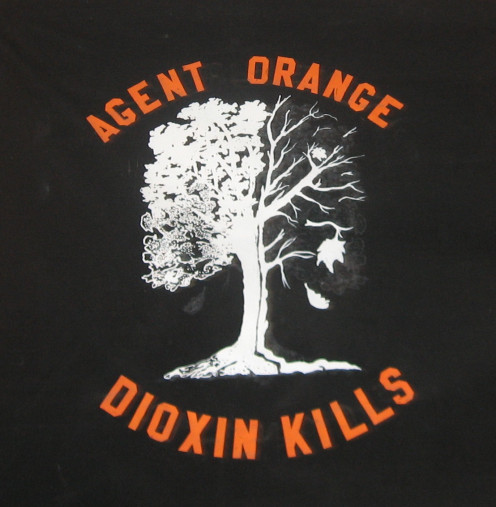
The Imperial City and the DMZ
August 2006
After a harrowing 22 hour journey, our coach, a rattling deathtrap on wheels, finally rolled down down from the mountains and deposited Sheila and me on the side of the highway, about 15kms from the city of Hué. (Pronounced Hoo-ay, not Hugh). We had crossed the border from Laos just after dawn and were now in the middle of Vietnam. A hundred kilometres north of Hué is the narrow strip of land once known as the Demilitarised Zone (DMZ), an arbitrary border that was created to divide North from South Vietnam. I am here at last, 40 years after this country first entered my consciousness, and my presence here is pulling all the strings and pressing all the buttons from my past.
Located on the shores of the Perfume River, Hué was the National Capital until 1945. Its relevance to the Vietnam War is huge. On 31 January 1968, at the start of the Tet Offensive, Hué became the scene of the largest urban battlefield of the conflict with 12,000 North Vietnamese pitted against an equally large combined force of South Vietnamese and US Marines (Stanley Kubrick's film Full Metal Jacket was set here). Although the bloody Battle of Hué resulted in an Allied victory, in the bigger picture, it was a turning point in the war as far as public opinion back home was concerned.
37 years later there are just a few scars left from the battle - bullet holes in some of the crumbling walls within the mighty citadel that dominates the city. Today Hué is a peaceful, thriving and attractive provincial capital on the banks of the exotic Perfume River.
Based in Hué, we took a tour that visited the DMZ; the amazing Vinh Moc Tunnel complex, and the remnants of the Khe Sahn Combat Base, the scene of a massive battle around the time of the Hué campaign. The famous Ho Chi Minh trail - the North Vietnamese supply route to the south - also passes near Hué – these a the names of places that at some point spewed from our radios and TV when I was a kid.
Curiously, the thing that really raised my awareness, that left me nodding my head in understanding and magnanimity, was that the Vietnamese do not refer to the conflict as the Vietnam War. For them it is known as The American War. It was learning this, and of course being here in person, that finally opened my eyes to the perceptions and contradictions of history and reality. Of course it was the American War to them, and that was a continuation of the French War and the Japanese War before that. This is their country and whatever we may have thought about communism, our side were just another in a long line of invaders.
During the train journey down the coast to Ho Chi Minh City (HCMC) I watched landscapes that evoked the war flick past in the verdant tropical countryside through which we passed. Rice paddies, people in conical hats, water buffalo, hamlets of well-kept concrete houses at the end of long straight lanes; and occasionally, a military cemetery or monument to a battle.
The Americanisation of Ho Chi Minh City, formerly Saigon, is obvious, but decades after the conflict the city has grown its own peacetime character. The war museum in Saigon is mainly a museum of photographs, reflecting the fact that it was a media war. Each photo seems familiar, each triggers a media memory. All things considered, the museum felt reasonably balanced in terms of overt propaganda, but after all, Ho Chi Minh won the war and it’s their victory to commemorate. That being said, I detected little sense of triumphalism - the war was 40 years ago, the revolution ran its course, the people moved on.
A seminal, box set documentary detailing the course of the war in Indochina
Merry Christmas Vietnam
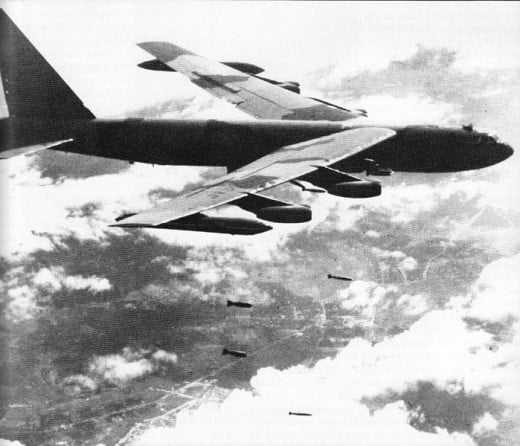
Bombs from Heaven
From the 18th to the 29th of December 1972, The United States Air Force executed Operation Linebacker, which saw wave after wave of B52 Stratofortresses deliver its heaviest bombing campaign since World War Two in an effort to force the hand of Ho in the Paris Peace Talks.
Ho, Ho, Ho

Hanoi - city of war and peace
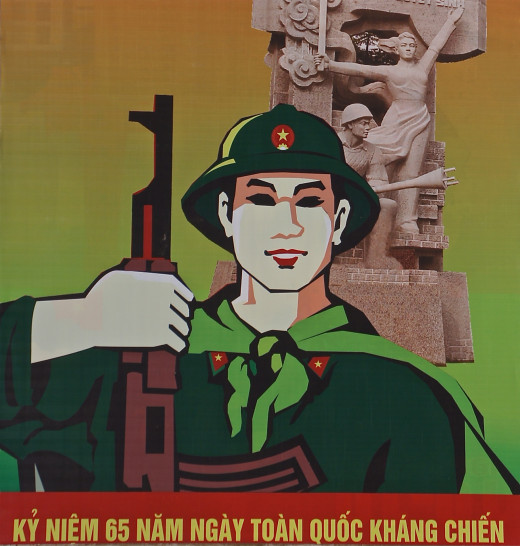
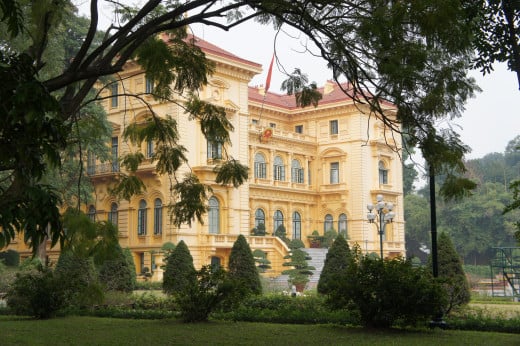
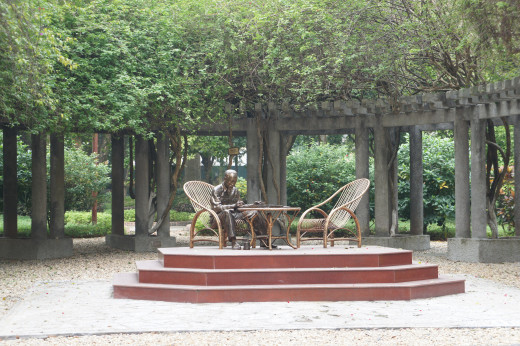
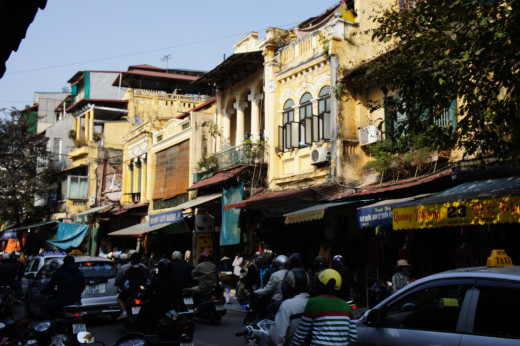
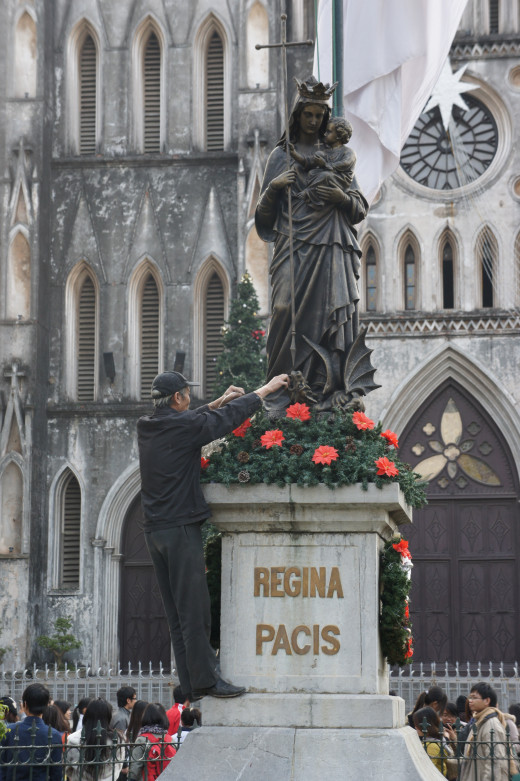
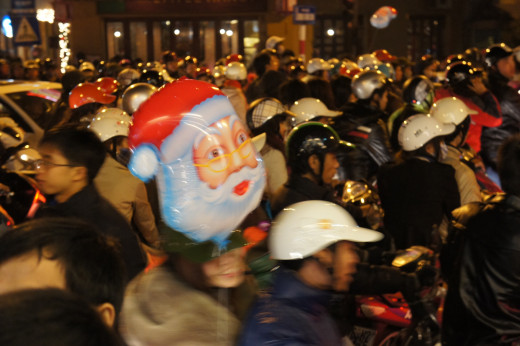
In the Land of Uncle Ho
December 2011
We returned to Vietnam five years later, arriving in Saigon by bus from Phnom Penh. We didn’t stay long in the huge, manic southern city - we had a rendezvous to keep in the National capital, Hanoi. Again, we made the long train journey up the coast, passing through Hué in the middle of the night and arriving in Hanoi just before dawn.
Saigon had been Americanised, re-conquered, then grown into what feels like a typical Asian metropolis with mad traffic, towering buildings and flashing neon, but Hanoi is old school Vietnam. Walking the streets of the Old Quarter left me in a state of wonder, both at the intimacy of the place, and the richness of its history, and I asked myself over and over again “how could we have waged war on these people?”
Like Lenin in Moscow and Mao in Beijing, Ho Chi Minh lies in state in a huge mausoleum in the city. His face appears on the currency, his portrait adorns civic buildings, he is a national icon and a figure of immense historical importance, and I can’t believe that I’ve actually seen him, albeit his embalmed corpse. The mausoleum is the centrepiece of the cult grown up around Ho Chi Minh, no different in concept to that which surrounds George Washington or Abraham Lincoln. Nearby is the beautiful French colonial Presidential palace and the more humble traditional cottage where Ho once resided. There is also an impressive modern museum that traces the progress of his fight for freedom and national unification, first against the Japanese, then the French and ultimately, the Americans.
On Christmas Eve, after 10 days in Hanoi, we stood in front of St Joseph’s Cathedral in the heart of the Old Quarter as the service within was broadcast to the huge throng outside. The mass was spoken and sung in Vietnamese and French and the fact that 10% of the country’s population are Roman Catholic was never made more obvious. And even if many of the thousands gathered outside the cathedral were Buddhist, Confucian or Communist atheists, everyone, it seems, loves Christmas, and as a beautiful female voice from within the cathedral sang Silent Night, I thought again about the bombs that once rained down on this country, and the war and the effect it had on our world, then at last I consigned the Vietnam War to my own historical repository, where it belongs, once and for all.





